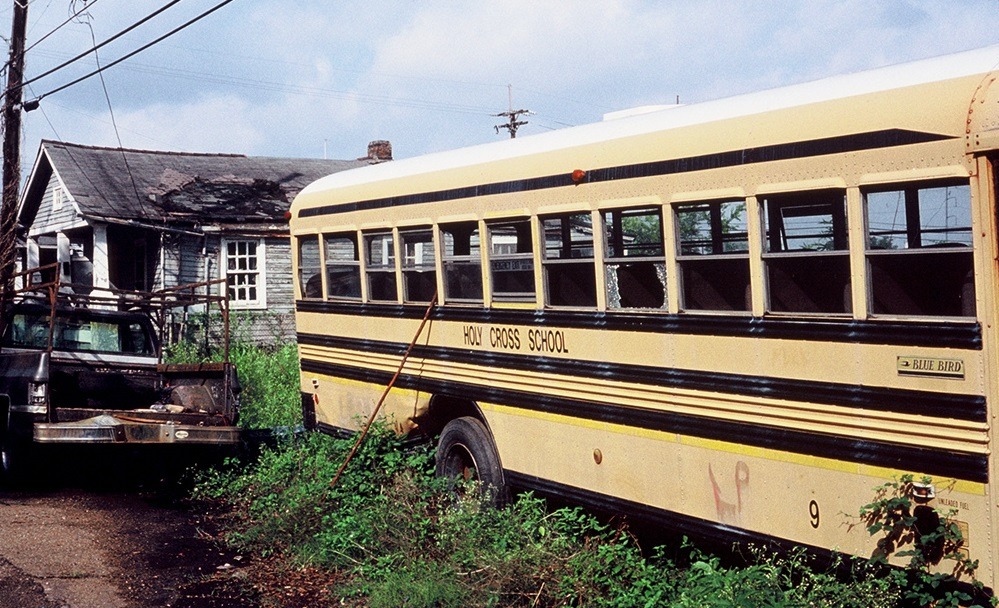
It's been 10 years since Hurricane Katrina devastated the Gulf Coast and left much of New Orleans underwater, its population displaced and it is institutions devastated. The need to rebuild a college system in the ground up allowed \”school reformers\” to place their marketplace, performance-based theories into practice on the scale and also at a pace unmatched in almost any other American city. 10 years in, observers are beginning to be able to measure how this experiment has played out and also to find out if it is a model other locales should emulate.
Douglas Harris, professor of economics at Tulane University and founder and director from the Education Research Alliance for New Orleans, described the scope of the changes that were implemented in Education Next:
\”Within the span of twelve months, all public-school employees were fired, the teacher contract expired and wasn't replaced, and most attendance zones were eliminated. Their state took control of just about all public schools and started holding them to relatively strict standards of academic achievement. Over time, the state turned all of the schools under its authority to charter management organizations (CMOs) that, consequently, dramatically reshaped the teacher workforce. [-] New Orleans essentially erased its traditional school district and started over. Along the way, the city provides the very first direct test of the alternative to the machine that has dominated American public education for more than a century.\”
Harris and the colleagues at Tulane have just released findings from research they had been conducting on New Orleans's schools. Around the basic level of educational achievement, there seems to be some good news: New Orleans youngsters are learning better than their peers in other parts of the state and better than they were before Katrina stuck.

\”For New Orleans, the news on average student outcomes is very positive just by about any measure. The reforms seem to have moved the average student up by 0.2 to 0.4 standard deviations and boosted rates of high school graduation and college entry. We are not aware of any other districts that have made such large improvements in such a short time.
\”The effects are also large compared with other different techniques for school improvement, for example class-size reduction and intensive preschool. This seems true despite we take into account the larger costs. While it may appear difficult to compare such different strategies, the center from the larger school-reform debate is between systemic reforms like the portfolio model and resource-oriented strategies.\”
But this level of student improvement has not been free. Not just has got the financial commitment in rebuilding New Orleans's schools been exceptionally large in terms of both public and private investment, we are seeing an expense in creating a corporate management system for any public school system.
Blogger Jennifer C. Berkshire, referred to as EduShyster, took a glance at this side of the NOLA education story in a recent Salon article. Andre Perry, former CEO of the Capital One/UNO charter network, informed her, \”The test scores are up, but let's be honest by what we'd to complete to get there. Don't lie to people and say 'it's all good.'\”
One of Perry's concerns is the fact that in a city that's 65 percent black, the leadership from the reform effort and many from the schools within it are almost entirely white. In Perry's view, \”We can't have a white-led reform movement in New Orleans where all the decisions are created by three or four power brokers.\”
Christy Rosales-Fajardo, an organizer for VAYLA, several students and young leaders from both the Vietnamese and Latino communities, thinks that parents actually have less power in New Orleans today compared to what they did underneath the prior school system. She argues that eliminating neighborhood schools has also eliminated the power of parents to get together included in a residential area: \”Parents are fighting individual battles with one of these schools and they're all petrified of what may happen to their kids,\” she says. Meanwhile, principals within the new autonomous landscape tend to be more powerful than ever, functioning more like CEOs who are accountable to handpicked nonprofit boards.
\”That's the ability shift,\” Fajardo says.
Berkshire also found that a lot of children and teenagers have dropped from the public school system entirely, and their lost education isn't reflected in the data set:
\”There would be the huge number of young adults in New Orleans between 16 and 24 who are neither in class or working. The current Way of measuring America study, conducted by the Social Science Research Council, discovered that the higher New Orleans/Metairie region is home to a lot more than 26,000 so-called 'opportunity youth'-the number of students who've dropped from the New Orleans' schools starts to creep up uncomfortably near to the 43,000 students who're still inside them.\”
In a recent blog post, Michael Stone, CEO of New Schools for New Orleans summarized the difficulties still to be faced in New Orleans as well as in every urban school district searching for direction:
\”An encouraging decade of educational growth hasn't erased the pervasive sense that reform ended 'to' the town, rather than via collective action by citizens, veteran educators, and African American families in New Orleans. And our city's progress hasn't cured the social ills that young adults here face: poverty, violence and trauma, sky-high incarceration rates, fractured mental health services. That is a daunting list.\”
And Professor Harris also thinks that what has happened positively in New Orleans should be taken with a large grain of salt by educational leaders looking for answers in their own school districts. \”Unfortunately, the results of even the best programs are often not replicated when tried elsewhere, there are great reasons to think the circumstances were especially ripe for achievement in New Orleans.\”-Marty Levine





